Brown/yellow cane tops
kentucky_rose zone 6
9 years ago
Related Stories

VINTAGE STYLEBet Your Bottom Dollar on Cane Chairs for Stylish Seating
Cane and Chippendale-style chairs are so easy to customize, you can make one work in a dining space or home office of any style
Full Story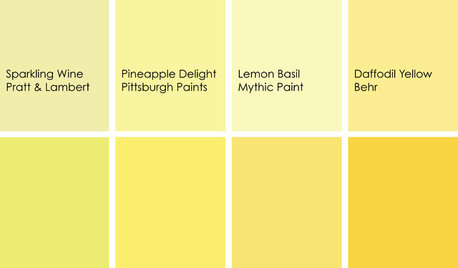
KITCHEN DESIGNCooking With Color: When to Use Yellow in the Kitchen
Perk up your kitchen with a burst of Pineapple Delight or a dollop of Top Banana on the walls, cabinets or countertops
Full Story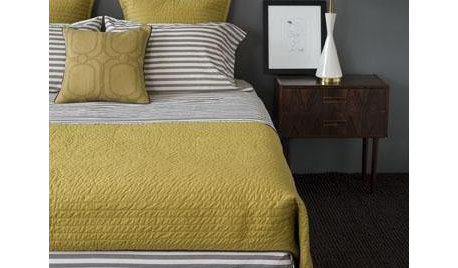
YELLOWMustard Yellow Offers a Fresh Taste for Rooms
New shades and tones have sown the seeds of a mustard-yellow revival, and rooms everywhere are reaping the benefit
Full Story
COLORColor Trend Alert: Make Room for Mustard Yellow
See how to inject this spicy, vibrant hue into your home
Full Story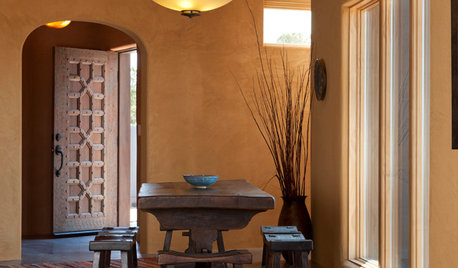
ORANGEColor Guide: How to Use Yellow Ocher
Earthy and warm, this ancient color evokes the sands of time as well as speaks to modern decorating sensibilities
Full Story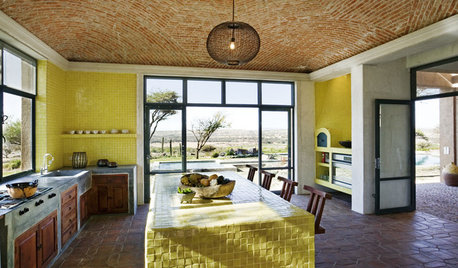
KITCHEN DESIGNKitchen Color: 7 Sensational Yellow Backsplashes
Warm up a white kitchen or add some zing to wood tones with a backsplash that glows
Full Story
SPRING GARDENINGTop 10 Scented Plants for Your Garden
A palette of perfumed plants can transform even the smallest of gardens into a sensory delight
Full Story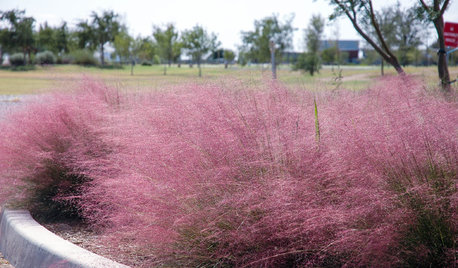
NATIVE PLANTS10 Top Plants Native to the Desert Southwest
Get a thriving garden despite unforgiving conditions with these tough, unthirsty, sun-loving beauties
Full Story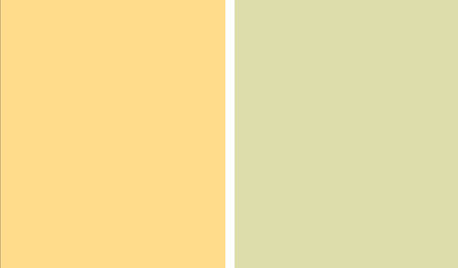
DECORATING GUIDESPaint Color Ideas: 8 Uplifting Ways With Yellow and Green
Dial up the cheer with yellow and green paint combinations sure to cast off winter doldrums
Full Story
COLORNature’s Color Wisdom: Lessons on Yellow From the Great Outdoors
Let the sunshine in. These ways to use yellow will cheer up your interiors and make Mother Nature proud
Full StoryMore Discussions






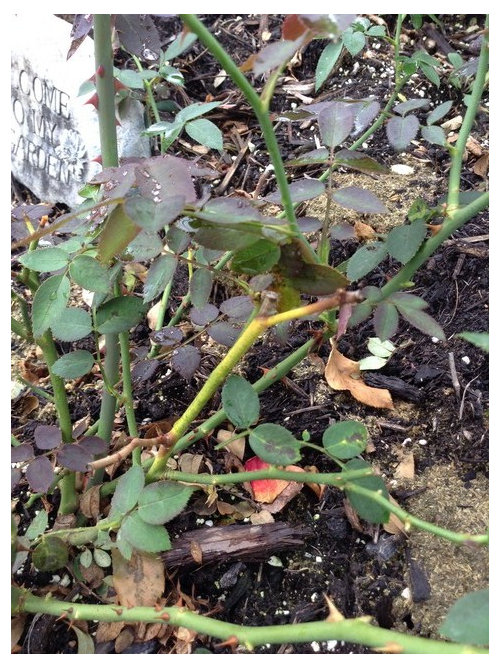
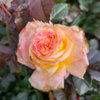

michaelg
kentucky_rose zone 6Original Author
Related Professionals
Bellflower Landscape Architects & Landscape Designers · Kyle Landscape Architects & Landscape Designers · Waunakee Landscape Architects & Landscape Designers · Medford Landscape Contractors · Camp Verde Landscape Contractors · Chesapeake Ranch Estates Landscape Contractors · Cockeysville Landscape Contractors · Englewood Landscape Contractors · Framingham Landscape Contractors · Galveston Landscape Contractors · Parkland Landscape Contractors · Pleasanton Landscape Contractors · Sun City Center Landscape Contractors · Vancouver Landscape Contractors · Welby Landscape Contractorsseil zone 6b MI
User
User
michaelg
User
User
michaelg
User
User
User
User
User
User
User
User
michaelg
dublinbay z6 (KS)